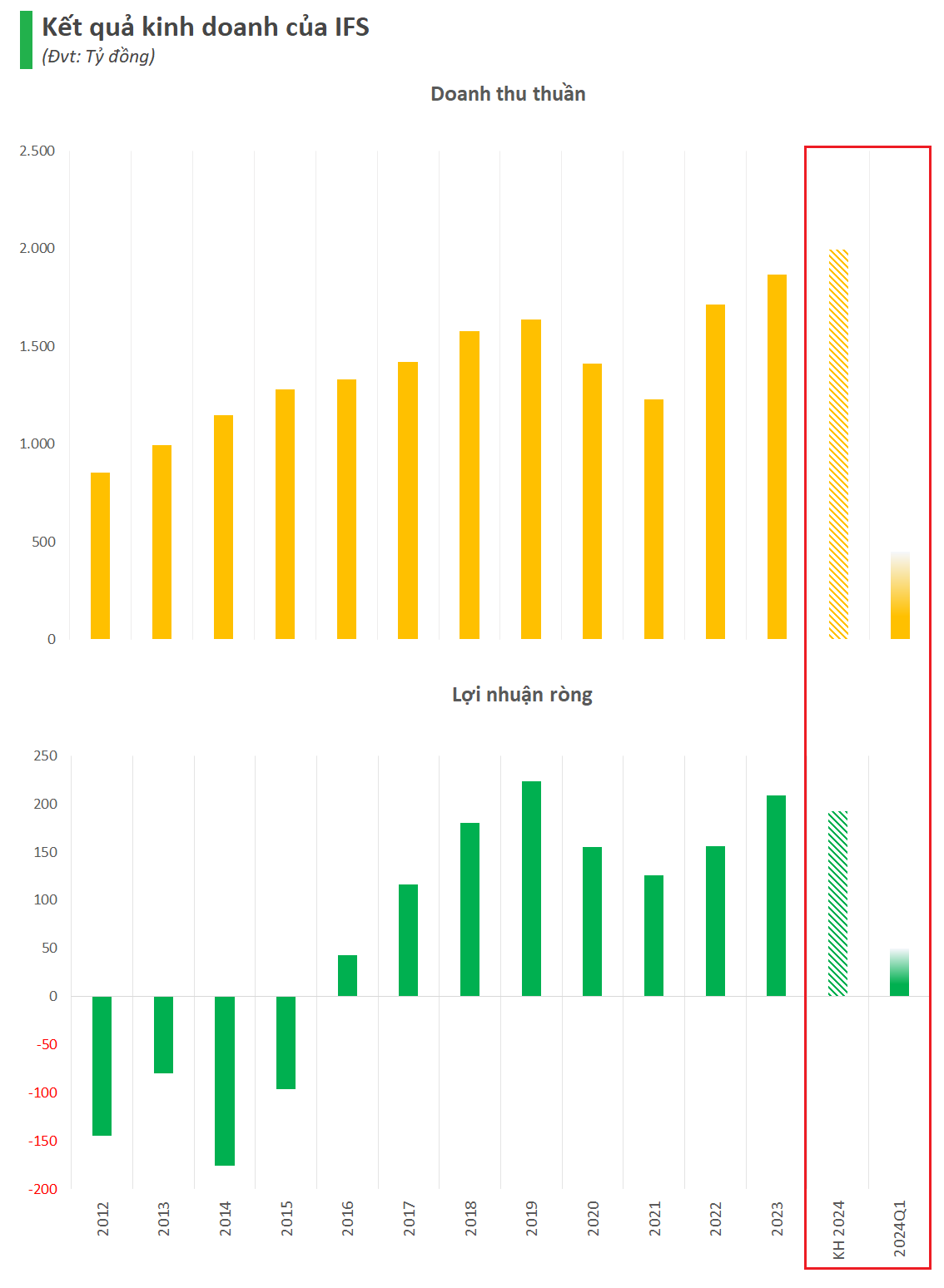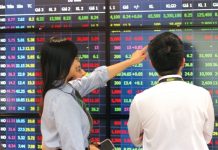Establishment of Thuỷ Nguyên City and Expansion of An Dương District
The People’s Committee of Haiphong City has recently approved the urban development program oriented towards 2040, with a vision towards 2050. The city aims to achieve an urbanization rate of 80-86% by 2040, which includes expanding the central urban area to Cat Hai District to form Cat Hai District, and increasing the number of administrative units at the district level to 10.
In a working session held in early March, Mr. Nguyen Van Tung, Chairman of the Haiphong City People’s Committee, stated that the city is currently focusing on implementing several key tasks. These include reporting on the assessment of the level of urban development to serve the establishment of An Duong District and the expansion of Hong Bang District. In addition, there are groups of tasks related to the establishment of Thuy Nguyen City and the implementation of procedures for the project at the Ministry of Construction, as well as providing feedback on the master plan for the Red River Delta region.
According to the Haiphong City People’s Committee, the total capital need for urban development in Haiphong from now until 2040 is more than VND 361,000 billion. It is expected that the capital sources will include more than VND 47,183 billion from the central budget, VND 152,266 billion from the local budget, and more than VND 161,553 billion from other sources.
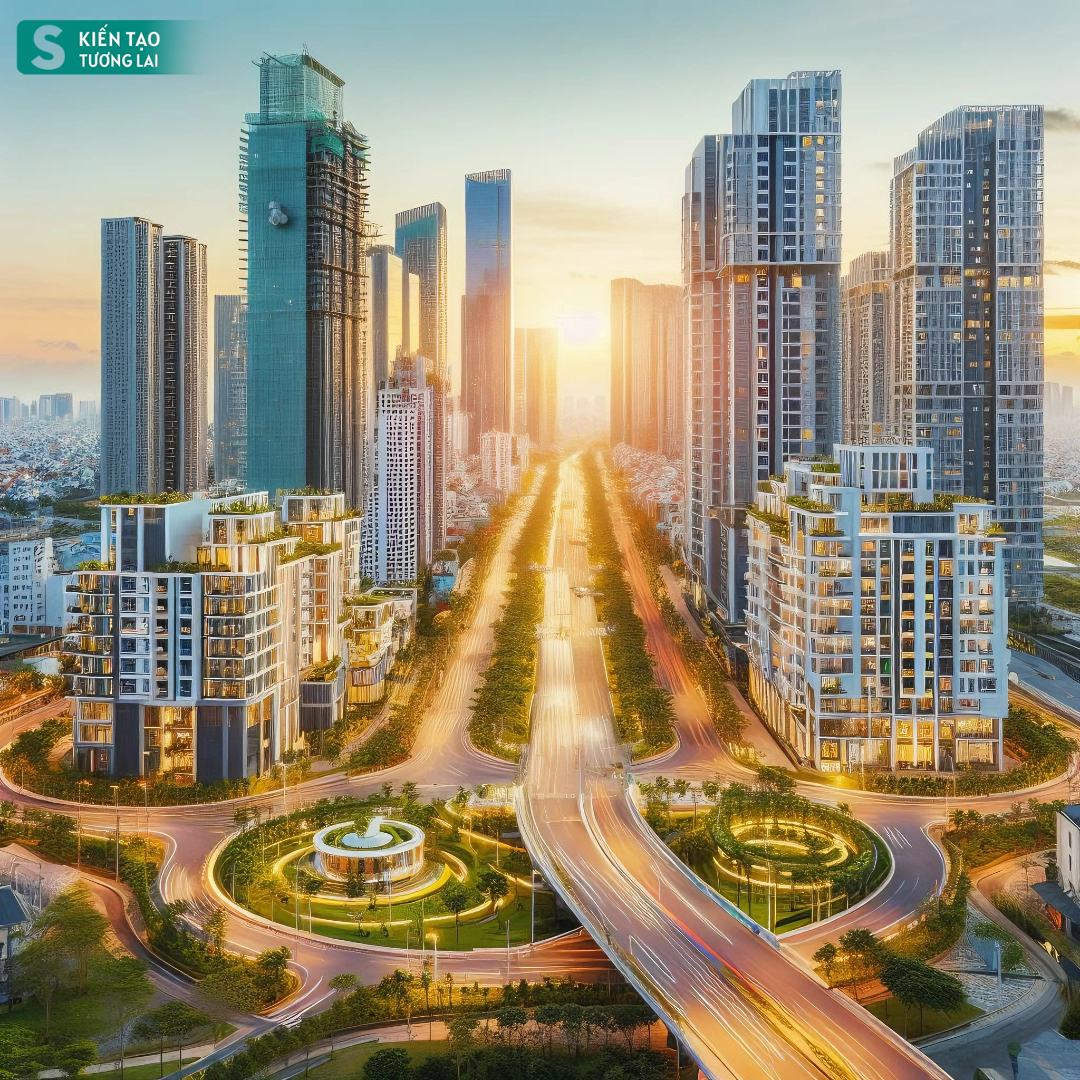
By 2050, Haiphong aims to become the third city under the Central Government (after Danang and Can Tho) – Illustration created by AI Chat GPT.
At the 15th session of the 16th Haiphong City People’s Council, a resolution was passed to issue local government bonds to raise capital for a number of urban development and socio-economic development projects in the city.
Specifically, the Haiphong City People’s Committee will issue local government bonds worth VND 378.2 billion, with a face value of VND 100,000 each and a term of 5 years. The interest rate for this bond lot will be decided by the Haiphong City People’s Committee based on the interest rate framework prescribed by the Ministry of Finance and the bond market conditions at the time of issuance. The proceeds will be used for urban development and socio-economic development projects in Haiphong.
In 2023, UNESCO recognized the Ha Long Bay – Cat Ba Island Complex (belonging to Quang Ninh Province and Haiphong City) as a World Natural Heritage Site.
Cat Ba is an archipelago with hundreds of large and small islands, featuring pristine beauty and limestone islands scattered across the sea.
According to the master plan for Haiphong City for the period of 2021 – 2030, with a vision towards 2050, approved by Deputy Prime Minister Tran Hong Ha in late 2023, by 2030, Haiphong will have 9 inner-city districts, including the current 7 districts of Hong Bang, Ngo Quyen, Le Chan, Hai An, Do Son, Kien An, and Duong Kinh, and two new districts of An Duong and Kien Thuy. There will also be one type-3 city, Thuy Nguyen, and 5 districts of An Lao, Vinh Bao, Tien Lang, Bach Long Vi, and Cat Hai.
After 2030, An Lao, Vinh Bao, and Tien Lang will be built into towns, and Cat Hai will become an island-district. Cat Hai District will be a key economic zone of the city, a smart island district. Cat Ba Island will be the center of national and international eco-tourism, while Cat Hai Island will be the center of maritime services, logistics services, and modern industrial parks. Bach Long Vi Island will be a frontier island district of the country.
Thuy Nguyen City has an area of more than 26,000 hectares and is oriented to become a type-3 city by 2025, aiming for a type-2 city by 2035, with a focus on green and smart development, in conjunction with the new administrative, political center of the city. By 2035, the city is expected to have a population of about 600,000, and by 2045, the population is projected to reach about 725,000.
Currently, Thuy Nguyen District has the largest population and area in Haiphong City, with 35 communes, 2 towns, and a population of about 334,000 people.
Haiphong’s High-Ranking Development among Leading Asian Cities
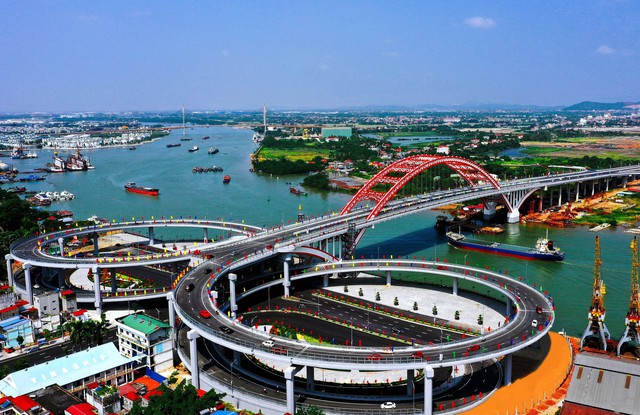
By 2045-2050, Haiphong is envisioned to become a highly developed city among the leading cities of Asia and the world – Image source: Government Portal
According to the Haiphong Statistics Office, in the first four months of 2024, the total state budget revenue in the city reached more than VND 40,988 billion, an increase of 128.77% compared to the same period in 2023, and achieving 38.39% of the estimate assigned by the City People’s Council. The main sources of budget revenue came from import-export activities, ports, and characteristic port services.
According to the master plan, by 2045-2050, Haiphong will be a type-I city directly under the Central Government, a key economic zone of the country, and a center for education, healthcare, and science and technology in the Northern coastal region. It will also serve as a transport hub for domestic and international connections, with a strategic position in national defense and security. Notably, Haiphong is envisioned to become a highly developed city among the leading cities of Asia and the world.
Haiphong is one of the three type-I cities and a national central city, and it is the third-largest city in Vietnam after Ho Chi Minh City and Hanoi.
Haiphong has the sixth-largest economic scale among 63 provinces and cities nationwide. In 2023, the city achieved a GRDP growth rate of 10.34%, ranking fifth in the country.
Haiphong is a port city and the main international gateway to the sea for Northern Vietnam. It also serves as a crucial transport hub for the Northern provinces of Vietnam.
Additionally, Haiphong will shift its economic and social activities from a “Central Urban and Satellite Urban” model to a “Multi-Center Urban and Satellite Urban” model. This will create transport corridors linked with economic belts, urban corridors, and promote intra-regional and inter-regional linkages. It will also ensure the full utilization of the potential, strengths, comparative advantages, and competitive advantages of each locality in the city, within the Northern dynamic triangle, the Northern Key Economic Region, and the Red River Delta Region.
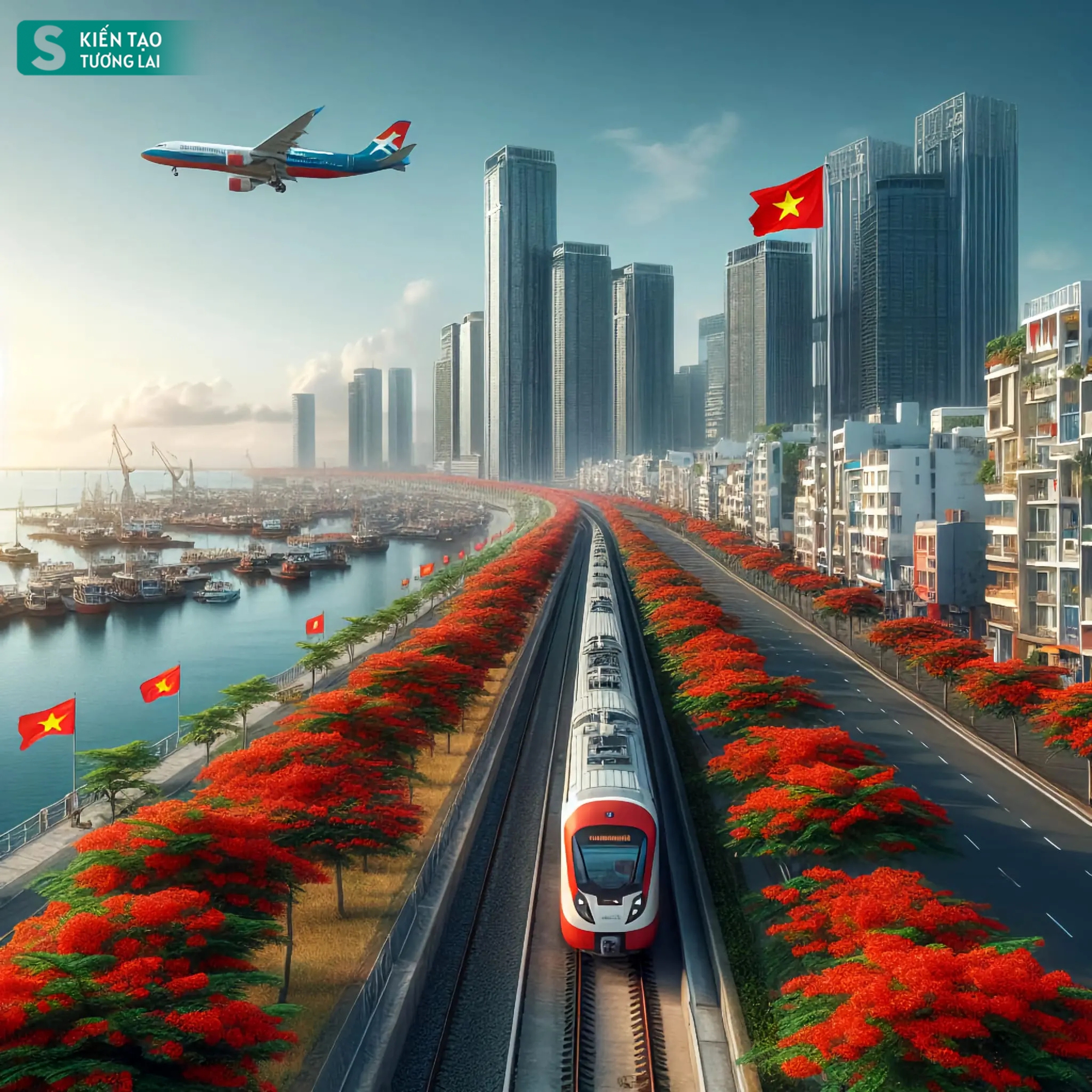
Haiphong’s future urban landscape as envisioned by AI Chat GPT.
This change in the urban model demonstrates a balanced development approach for the entire city. Whereas previously, Haiphong had a single urban nucleus, the new multi-polar structure aims to create growth opportunities for all districts and counties, enabling them to keep up with the pace of economic growth and urbanization while accommodating population growth in each phase.
Two economic belts will be developed, including the Coastal Economic Belt, focusing on services, tourism, and urban development towards the sea, and the Industrial-Service Economic Belt, stretching from Lach Huyen Port to the north (Thuy Nguyen district), west (along National Highway 10), and south (along Van Uc River). This belt will be connected to the network of industrial clusters in the Red River Delta Region and the Haiphong port system.


